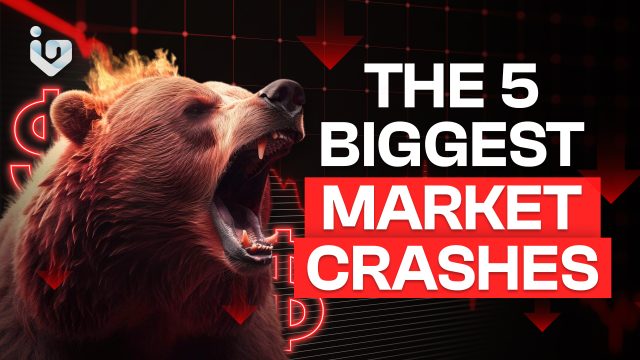Market crashes are seismic events that reverberate through the financial world, leaving investors bewildered and fortunes shattered. These cataclysmic downturns have shaped economic history, teaching us valuable lessons about risk, speculation, and the fragility of financial systems. In this article, we delve into the five most significant market crashes, examining their causes, consequences, and the enduring impact they’ve had on global economies.
1. The Great Depression (1929)
The Great Depression remains the benchmark for market collapses. Triggered by the stock market crash of 1929, it plunged the United States and much of the world into a decade-long economic abyss. Unemployment soared, banks collapsed, and businesses shuttered. The lessons learned from this catastrophe led to the establishment of regulatory bodies like the Securities and Exchange Commission (SEC) and underscored the importance of diversification and risk management.
2. Black Monday (1987)
On October 19, 1987, stock markets worldwide experienced a sudden and unprecedented freefall. The Dow Jones Industrial Average plummeted by a staggering 22.6% in a single day. The causes remain debated, but computerized trading and panic selling played significant roles. Black Monday highlighted the need for circuit breakers and better risk controls in financial markets.
3. Dot-Com Bubble Burst (2000-2002)
The late 1990s saw an explosive rise in internet-related stocks, fueled by irrational exuberance. However, reality caught up, and the dot-com bubble burst. Companies with no profits or even revenue collapsed, wiping out trillions of dollars in market value. Investors learned the importance of scrutinizing fundamentals and avoiding speculative manias.
4. Global Financial Crisis (2008)
The subprime mortgage crisis triggered the worst financial meltdown since the Great Depression. Lehman Brothers’ bankruptcy, toxic assets, and credit freezes sent shockwaves across the globe. Governments intervened with massive bailouts, and central banks slashed interest rates. The crisis emphasized the interconnectedness of global markets and the need for robust risk assessment.
5. Flash Crash (2010)
In a matter of minutes on May 6, 2010, U.S. stock markets experienced a breathtaking plunge followed by a rapid recovery. The Flash Crash, caused by algorithmic trading glitches and high-frequency trading, highlighted the vulnerabilities of modern markets. Regulators intensified scrutiny of automated trading systems and reinforced the importance of market stability.
In conclusion, these market crashes serve as cautionary tales, urging investors to remain vigilant, diversify portfolios, and understand the underlying risks. As we navigate today’s volatile markets, the lessons from history remain our best guides toward a more resilient financial future.

